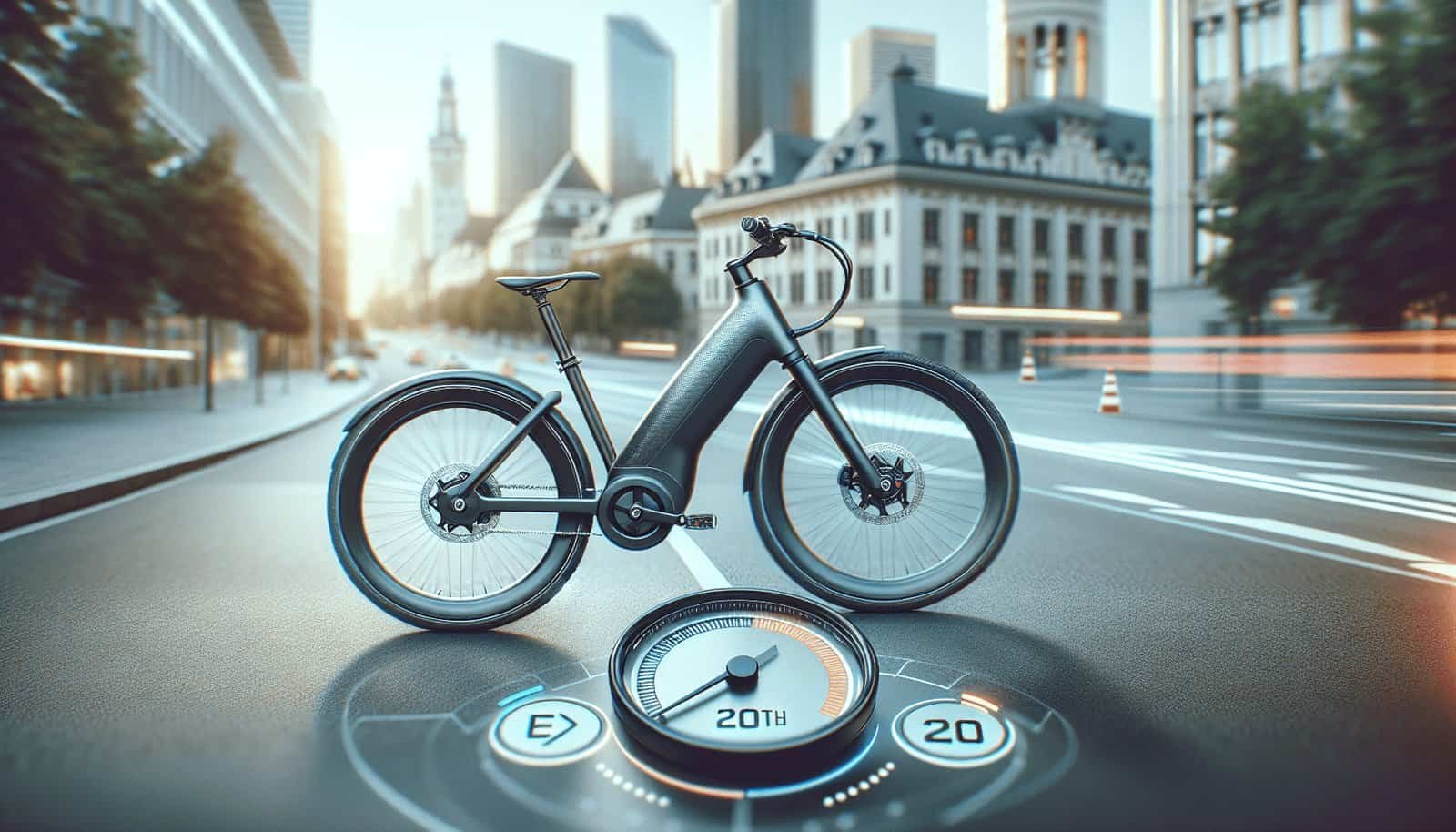Have you ever wondered if there are restrictions on the speed of electric bikes in certain areas? Electric bikes, or e-bikes, have grown massively in popularity due to their convenience, eco-friendliness, and the thrilling experience they offer. But with great speed comes great responsibility, and understanding the regulations in place can ensure you ride safely and legally.

Introduction to Electric Bikes and Their Speed Limits
Electric bikes are revolutionizing the way we travel. But are there any rules about how fast you can go while riding one? In short, yes, there are restrictions. These regulations vary based on location, the type of e-bike, and the specific use case.
Why Speed Limits Matter
Speed limits are not just bureaucratic obstacles; they are implemented for safety, traffic control, and to harmonize the usage of different transportation modes. Higher speeds might jeopardize the safety of riders, pedestrians, and other road users. Moreover, exceeding speed limits may result in fines, legal action, or even confiscation of the e-bike in some areas.
Legal Classifications of Electric Bikes
To understand the speed restrictions, you need to first grasp the classification system of e-bikes. Different countries have different systems, but there’s a general framework many places follow.
Class 1 E-Bikes
Class 1 e-bikes are pedal-assist only, meaning the motor provides assistance only when you pedal. They are typically limited to 20 mph (32 km/h).
Class 2 E-Bikes
Class 2 e-bikes have a throttle mode, allowing you to accelerate using a throttle without pedaling. Just like Class 1, they are also limited to 20 mph (32 km/h).
Class 3 E-Bikes
Class 3 e-bikes, also known as speed pedelecs, can assist up to 28 mph (45 km/h) when pedaling. These e-bikes often require additional safety gear like helmets due to their higher speeds.
Speed Limits Across Different Regions
The speed restrictions on e-bikes can vary significantly across different regions and countries. Knowing the specific regulations helps you avoid unnecessary hassle and ensures you are compliant with local laws.
United States
In the U.S., federal law states that e-bikes must not exceed a maximum speed of 20 mph on motor power alone on leveled ground. However, each state can have its own specific rules, and these can get pretty detailed and complex.
| Class | Speed Limit | Motor Type |
|---|---|---|
| Class 1 | 20 mph | Pedal-Assist Only |
| Class 2 | 20 mph | Throttle |
| Class 3 | 28 mph | Pedal-Assist with Speedometer |
European Union
In the EU, e-bikes are generally classified as either Pedelecs or S-Pedelecs.
- Pedelecs: Limited to 15.5 mph (25 km/h) and require pedaling to activate the motor.
- S-Pedelecs: Can reach speeds up to 28 mph (45 km/h) but often come with stringent regulations such as insurance, licenses, and helmet requirements.
Australia
Australia also categorizes e-bikes into two major types:
- Pedal Assist E-bikes: Limited to a maximum assisted speed of 25 km/h.
- Throttle Controlled E-bikes: Limited to 200 watts and typically max out around 25 km/h.
Asia
Countries in Asia often have their own unique set of regulations, frequently updated to keep pace with rapid advancements in e-bike technology. Here’s a quick overview:
| Country | Speed Limit | Notes |
|---|---|---|
| China | 20 mph | Strict enforcement and registration requirements. |
| Japan | 15 mph | Helmets are mandatory, and e-bikes must go through rigorous testing. |
| Singapore | 15 mph | Must be registered and meet local safety standards. |
Implications of Exceeding Speed Limits
Now, you might be tempted to push your e-bike to its limits, but be aware that exceeding legal speed limits can have various repercussions.
Safety Concerns
High speeds reduce your reaction time and can lead to more severe accidents. Pedestrians, other cyclists, and even motor vehicles expect you to ride within the legal limits.
Legal Repercussions
Fines are the most immediate consequence, but other legal actions can include points on your driving license (if applicable), bike impoundment, or even criminal charges in severe cases.
Insurance
Many insurance policies become void if you’re riding over the legal speed limit. This could mean expensive repair bills and medical costs in case of an accident.

Technological Solutions: Speed Governors and Limiting Software
To help riders stay within legal boundaries, many e-bike manufacturers install speed governors or limiting software. These systems automatically cut off motor assistance once the bike reaches its legal speed limit.
Speed Governors
These devices are hardware solutions that interact directly with your e-bike’s speed sensor to prevent the bike from exceeding its predefined speed limit. It’s an effective, albeit sometimes controversial, method of ensuring compliance.
Software Solutions
Software-based approaches involve restricting the motor control algorithms of your e-bike. These can sometimes be overridden or modified but tampering with these can void warranties and also potentially result in legal consequences.
The Role of Local Authorities and Community Guidelines
Local authorities frequently review and update guidelines to keep up with the evolving nature of e-bike technology. It’s also common for local communities to have informal norms to ensure harmonious coexistence.
Local Bylaws
Local laws may dictate specific speed limits in parks, on trails, or even within certain neighborhoods. Before riding, it’s always a good idea to check local regulations.
Community Norms
Regardless of speed limits, always ride considerately. This means respecting pedestrian areas, slower riders, and ensuring that your riding style doesn’t cause discomfort or danger to others.

How to Ensure You’re Riding Within the Law
Now that we’ve established the importance and existence of speed limits, how can you ensure you’re always compliant?
Regularly Updating Yourself on Laws
E-bike laws can change frequently. Keeping updated through your local Department of Motor Vehicles (DMV), transport authorities, or community boards can keep you current.
Equipment Checks
Ensure that your speedometer is functioning correctly. Regular maintenance can prevent malfunctions, ensuring you’re aware of your actual speed at all times.
Community Feedback
Engage with online forums, communities, or local bike shops. They are often a good source of the latest information and can alert you to any recent changes in local laws.
Conclusion
So, are there restrictions on the speed of electric bikes in certain areas? Absolutely, and these vary across different regions and classifications of e-bikes. By understanding these rules and the rationale behind them, you can ensure your electric bike adventures are safe, legal, and enjoyable. So, the next time you hop on your e-bike, keep these speed limits in mind and ride responsibly.


